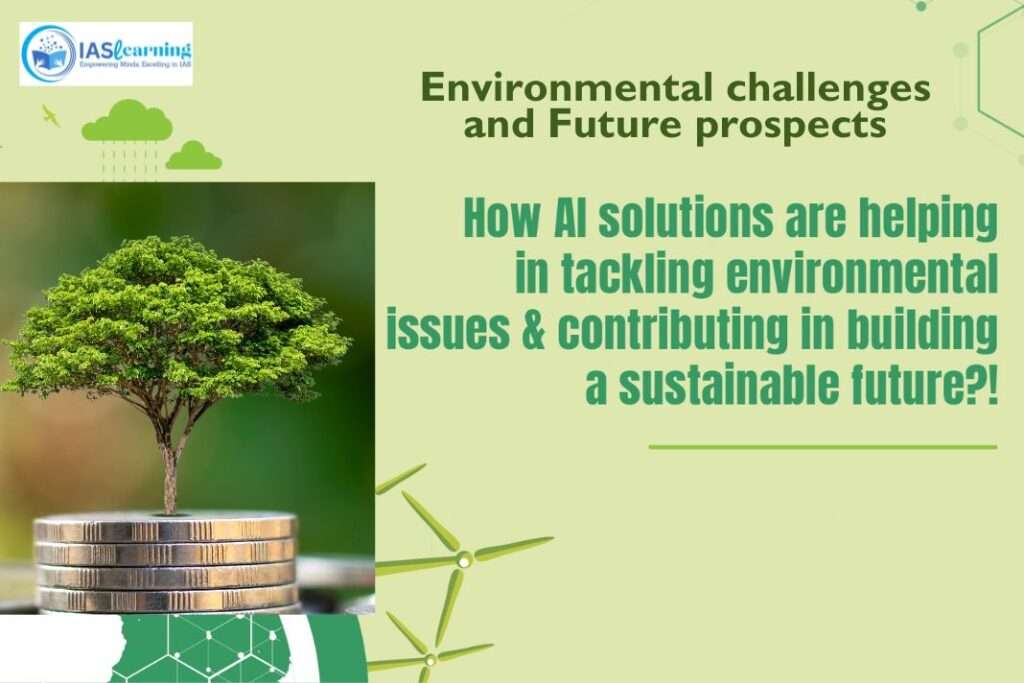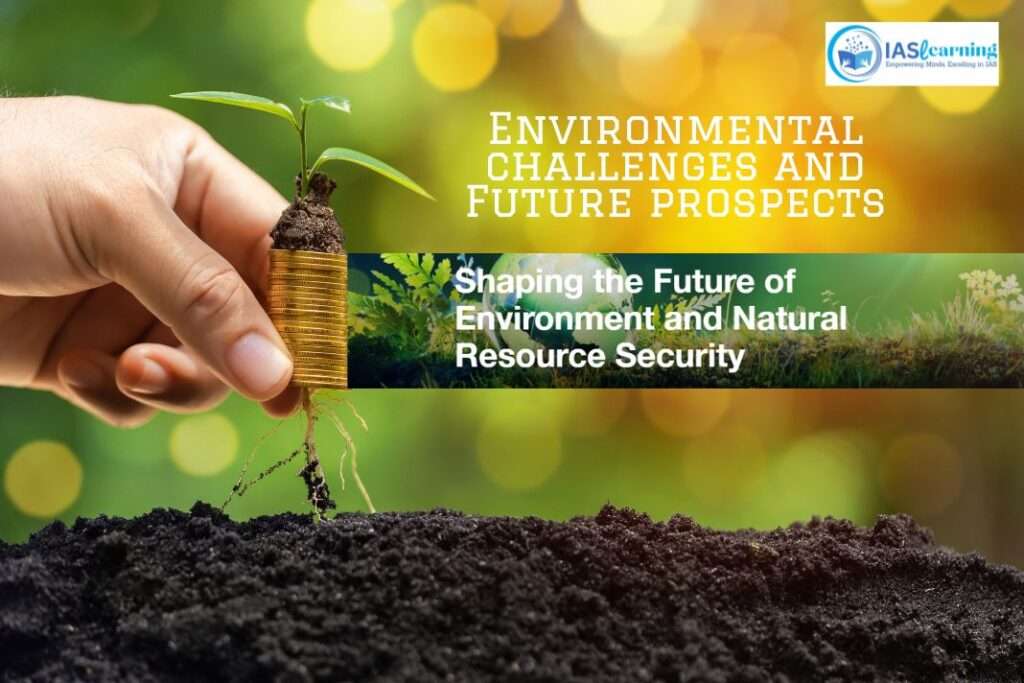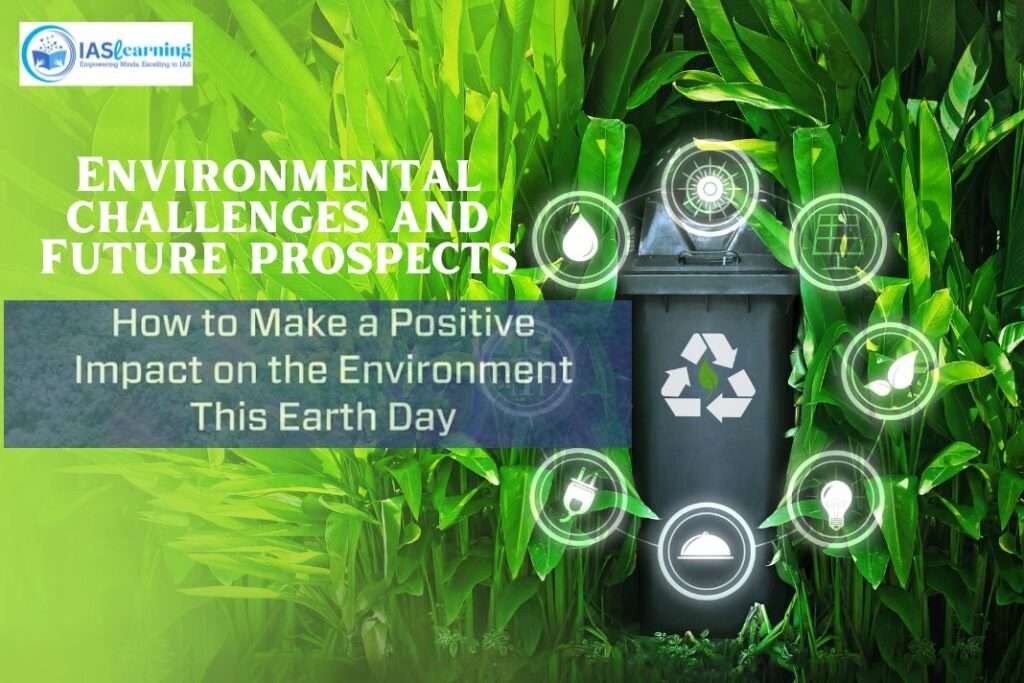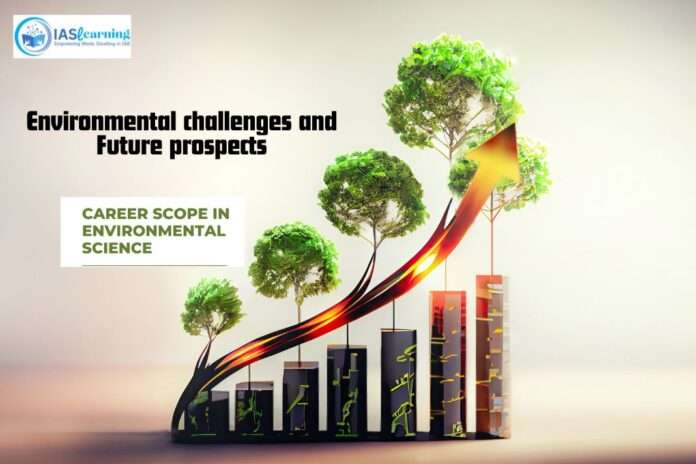Table of Contents
In today’s rapidly changing world, environmental challenges have become a focal point of concern for individuals, communities, and nations alike. The growing recognition of these challenges has spurred concerted efforts towards finding sustainable solutions. This article will delve into the various environmental challenges we face and explore the promising prospects for a greener and more sustainable future.
Introduction: The Urgency of Environmental Challenges
The Global Environmental Landscape
Our planet is currently grappling with a multitude of environmental issues, ranging from climate change and deforestation to pollution and loss of biodiversity. These challenges are interconnected and require a holistic approach for effective mitigation.
Climate Change and Global Warming
One of the most pressing environmental issues is climate change, primarily driven by the increase in greenhouse gas emissions. Rising temperatures, extreme weather events, and melting ice caps are just a few of its alarming consequences.
Deforestation and Habitat Destruction

The rapid clearing of forests for agriculture and urban development poses a significant threat to biodiversity and disrupts the delicate balance of ecosystems.
Pollution and Its Ramifications
Pollution, in various forms such as air, water, and soil pollution, not only impacts human health but also harms wildlife and aquatic life.
The Roadblocks to Sustainability
Human Activities and Overconsumption
Our relentless pursuit of economic growth and consumption has placed enormous stress on the environment. The challenge lies in finding ways to balance development with conservation.
Political and Economic Interests
The vested interests of powerful industries often clash with environmental conservation efforts, making it challenging to implement necessary changes.
Lack of Public Awareness and Engagement
Many people remain unaware of the severity of environmental issues or feel disconnected from them. Raising public awareness and promoting individual actions are essential.
The Beacon of Hope: Future Prospects

Advancements in Renewable Energy
The transition to renewable energy sources like solar and wind power is gaining momentum, offering a cleaner and more sustainable energy future.
Technological Innovations
Emerging technologies, such as carbon capture and advanced recycling methods, hold promise for mitigating environmental challenges.
Conservation and Restoration Initiatives
Efforts to restore ecosystems and protect biodiversity are on the rise, driven by both governments and non-governmental organizations.
Sustainable Practices and Circular Economy
A shift towards sustainable consumption patterns and a circular economy model can significantly reduce environmental impacts.

Way Forward
Renewable Energy Transition: Accelerate the shift from fossil fuels to renewable energy sources such as solar, wind, and hydropower to reduce greenhouse gas emissions and combat climate change.
Conservation and Biodiversity: Implement stringent conservation measures and protect natural habitats to halt biodiversity loss and safeguard endangered species.
Circular Economy: Promote a circular economy that reduces waste, encourages recycling, and minimizes resource consumption.
Sustainable Agriculture: Adopt sustainable farming practices, reduce pesticide and fertiliser use, and support local, organic food production.
Green Infrastructure: Invest in eco-friendly infrastructure projects like green roofs, urban parks, and public transportation to reduce the environmental footprint of cities.
Education and Awareness: Educate the public about environmental issues, foster eco-consciousness, and encourage responsible consumer behavior.
International Collaboration: Strengthen global cooperation and agreements to address transboundary environmental challenges such as climate change and ocean pollution.
Technological Innovation: Support research and development of innovative technologies that can help mitigate environmental problems, such as carbon capture and clean energy solutions.
Policy and Regulation: Enforce stricter environmental regulations and incentivize businesses and industries to adopt sustainable practices.Community Engagement: Encourage grassroots initiatives, local community involvement, and citizen-led environmental projects.

Conclusion: A Shared Responsibility
In conclusion, environmental challenges are undeniably daunting, but they are not insurmountable. As individuals, communities, and nations, we must recognise our shared responsibility in addressing these issues. By embracing sustainable practices, supporting green innovations, and advocating for positive change, we can pave the way for a brighter and more environmentally friendly future.
FAQs
Q1: What is the most critical environmental challenge we face today?
A1: Climate change is arguably the most critical environmental challenge due to its far-reaching consequences for the planet and humanity.
Q2: How can individuals contribute to environmental sustainability?
A2: Individuals can contribute by reducing energy consumption, practicing eco-friendly habits, and supporting policies and initiatives that promote sustainability.
Q3: Are there any success stories in environmental conservation?
A3: Yes, several success stories exist, such as the recovery of the ozone layer and the revival of endangered species through conservation efforts.
Q4: What role does government play in addressing environmental challenges?
A4: Governments play a crucial role in enacting policies, regulations, and incentives to address environmental challenges and promote sustainability.
Q5: How can businesses contribute to a sustainable future?
A5: Businesses can contribute by adopting eco-friendly practices, reducing waste, and investing in sustainable technologies and supply chains.




